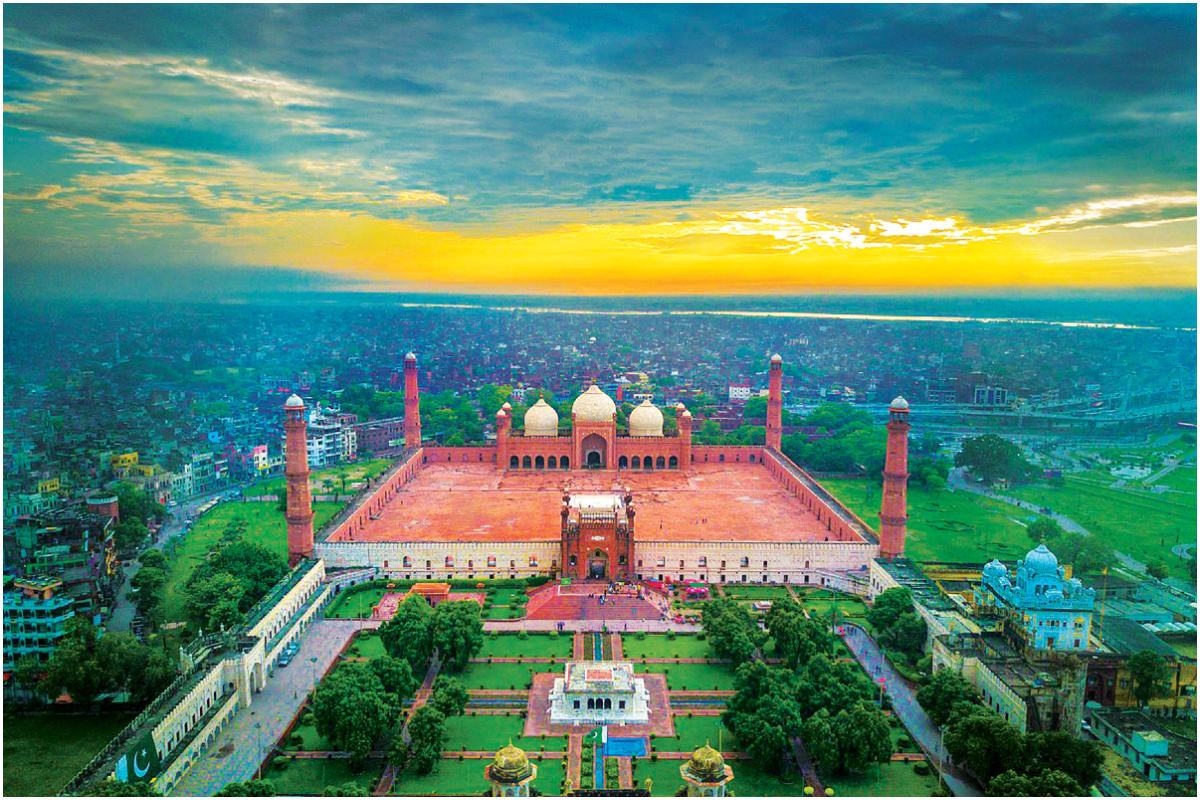
Stemming the growth of Lahore
Exponential population growth results in a slew of urbanisation issues
LAHORE: In 1950, Lahore had a population of 500,000–600,000 people. With a 3.41 per cent growth rate, it will be (or should be) 13.54 million by the end of 2022. Because of the population’s exponential growth, which includes both general residents and immigrants, there are numerous opportunities as well as issues.
“The most pressing issue is housing,” says Qaswer Abbas, a town planner who graduated from the Urban Town Planning Department of the University of Engineering and Technology (UET), Lahore, “while other problems emerge from the amenities needed to cater to housing.”
“The peri-urban areas of Lahore are being encroached upon due to housing needs; to some extent, Lahore’s growth can be prevented if we stop the flow of population to Lahore and reduce generic population growth to 1 per cent,” he added.
He defined “peri-urban” as areas where land shifts from rural to urban between the boundaries of urban and regional centres and the rural environment.
However, renowned lawyer Faisal Naqvi, who is representing private developers in the Ravi Urban Development Authority case, believes that Pakistanis are only adept at population growth if the trend is to be something. He claimed that as the city’s population grows, so will its urbaisation, and that as the city expands, either the government or private developers will meet housing demands.
“Because our government is dealing with a slew of challenges, let private developers handle this task because they have the power and money to do so,” Naqvi said.
He claimed that the government’s best bet is to make the best rules possible while keeping holistic growth, sustainable growth, and green growth in mind.
“And if a private developer breaks the law, bring them to court and penalise them. However, there is a growing contempt for private developers. Real estate development has shocked people because of some facts and a lot of fiction,” the lawyer maintained.
While the population in desperate need of housing looks on, environmentalists, town planners, real estate developers, and government officials debate whether development is a threat to Lahore.
Rafay Alam is a seasoned environmental attorney. He filed a lawsuit against the government over the establishment of the Ruda development programme, which is still ongoing. He observed that the unsavoury aspect of Lahore’s real estate development is that it has turned the city’s outskirts into a gold mine for house developers. According to him, the trend is so strong that nearly one million people, the vast majority of whom are from the outskirts of Lahore, have become legal or informal property dealers, and the ratio is unstoppable.
“The powerful real estate elite control resources and obtain amenities for their communities in collaboration with public officials and bureaucrats,” he stated.
These real estate housing schemes are built around automobile-driven communities. “You can drive to DHA in Rawalpindi from Faizabad without getting stuck in traffic; you can travel to Lake City from The Mall in downtown Lahore without getting stuck in traffic; and the Malir Expressway is for Bahria Town, not Karachi’s indigenous area,” he claimed.
“The housing issue is linked to our mentality: everyone wants a nice 10-marla to a one-kanal house with a car porch,” said Dr. Zaman, chairman of the Sociology Department at Islamabad’s Quaid-i-Azam University (QAU).
“Lahore is only expanding to meet the demand for European-style homes; otherwise, the Walled City of Lahore is all about high density,” he explained.
According to Rafay Alam, due to the proclivity for larger homes in upscale neighbourhoods, two-thirds of Lahore’s inhabitants now reside in just one-third of the city, resulting in a class divide. He argued that, while the Ravi Urban Development Authority was established to restore the Ravi River, it will ultimately benefit developers while doing nothing for the Ravi or the city.
He stated that this was not the best way to use land resources. Faisal Naqvi, on the other hand, criticises the popular anti-urbanization stance of civil society.
“Unchecked (or controlled) sprawl necessitates the need for modern transportation as well as other basic needs such as waste management, power and water flow, health and education, and so on,” he said, adding that Lahore had not reached high-density maturity.
“If we are to progress, we must address the reality of Lahore’s urbanisation and the need for some type of dense population, which should be planned because there is such a strong need for housing,” Naqvi stated, adding that either the government should do it or allow private developers to do it.
“Because expansion is inevitable, whether planned or unplanned, Ruda and private housing schemes should be evaluated in accordance with the established rules. Land acquisition and development are subject to stringent regulations.”
Rafay Alam, on the other hand, supports densely populated areas and claims that the modern housing structure, which was imported from Europe, is alien to our culture. “It is critical to combat this culture. It is best to avoid Lahore’s low-density sprawl, which would necessitate an additional 2,000 square kilometres of land. A higher-density city is the better solution,” Alam stated.
Qaswer Abbas, however, contended that the government should encourage vertical expansion in Lahore at a time when high densities are difficult to achieve due to the city’s changing housing culture.
According to Faisal Naqvi, a two-kanal house is just as troublesome as a 10-story structure, ensuring excessive density regardless of whether you move up or down. He maintained that high-rises also create an ecosystem in which expensive amenities are required to live comfortably. He supports large-scale initiatives proposed by both the government and private developers. The Ruda project, he claimed, will serve both low- and high-density markets.
Will this debate produce any results?
“Well, the debate is good for releasing pent-up feelings that crowded markets and congested roads do not allow us to,” Qaswer Abbas said.
According to Dr. Zaman, this debate will eventually lead to a viable solution.
Catch all the Urban Insight News, Breaking News Event and Latest News Updates on The BOL News
Download The BOL News App to get the Daily News Update & Live News.





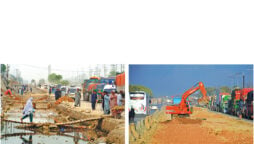

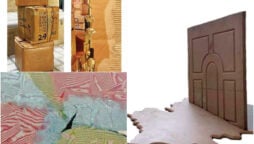
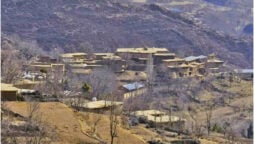

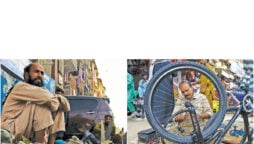

 Read the complete story text.
Read the complete story text. Listen to audio of the story.
Listen to audio of the story.